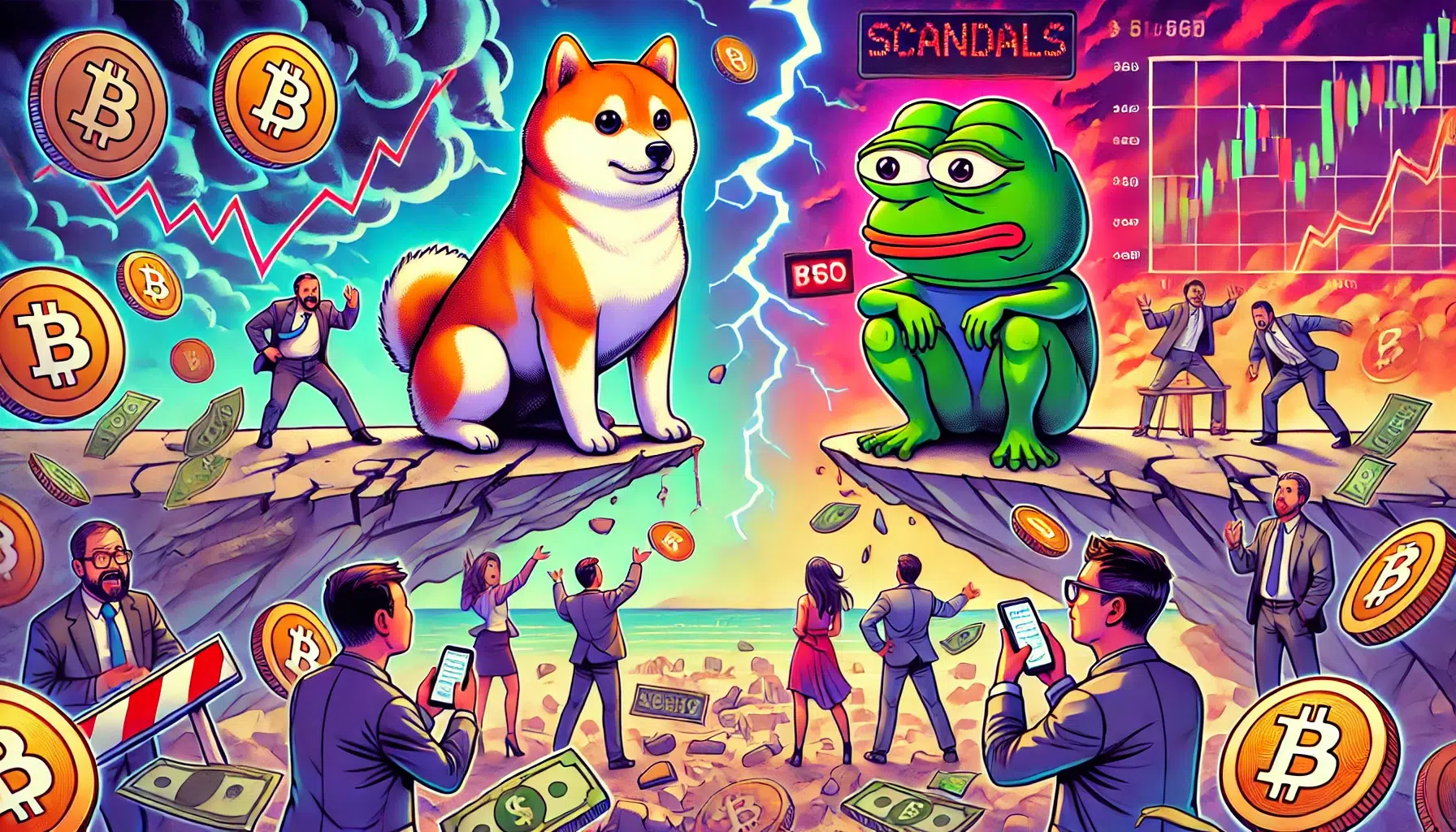
Memecoins: Navigating Hype and Controversy
Memecoins, cryptocurrencies inspired by Internet jokes, have surged in popularity, but their volatility and lack of utility have drawn skepticism.
Comparing Memecoins to Bitcoin's Past
Coinbase CEO Brian Armstrong sees similarities between memecoins and Bitcoin's early days, citing community support. However, critics point to insider trading and market manipulation within these projects.
Extreme Volatility and Structural Challenges
Memecoins have experienced rapid price fluctuations, with tokens like Dogecoin and Shiba Inu seeing sharp rises and falls. Critics argue that their lack of real-world applications and frameworks for oversight increase investor risk.
Libragate Scandal Highlights Insider Trading
The "Libragate" scandal exposed insider trading within memecoin projects, casting doubt on claims of "fair launches." Crypto analyst Nic Carter argues that automated bots and insider activity have distorted prices.
Overreliance on Speculation
Data reveals a surge in memecoin listings, with over 2.3 million new tokens flooding markets. However, their value often fluctuates based on speculation rather than functional use cases.
Contrast with Bitcoin and Ethereum
Unlike Bitcoin or Ethereum, which have developed infrastructure for payments and storage, most memecoins remain tethered to online trends. Their value often depends on viral moments rather than technological advancements.
Sustainability Concerns Linger
Despite their high market capitalization, concerns persist about the sustainability of memecoins. Their lack of tangible applications and regulatory oversight make them resemble risky bets rather than stable financial instruments.
Addressing Trust Deficit
The Libragate scandal has eroded trust in memecoin projects. Experts emphasize the need to address transparency gaps and establish safeguards to ensure investor protection.
Conclusion
The future of memecoins remains uncertain, with skepticism and controversy surrounding their volatility, lack of utility, and potential for fraud. Addressing trust issues and providing tangible applications could improve their long-term viability.


 Optimisus
Optimisus DogeHome
DogeHome TheCoinrise Media
TheCoinrise Media Thecoinrepublic.com
Thecoinrepublic.com Optimisus
Optimisus CryptoPotato_News
CryptoPotato_News BlockchainReporter
BlockchainReporter






















